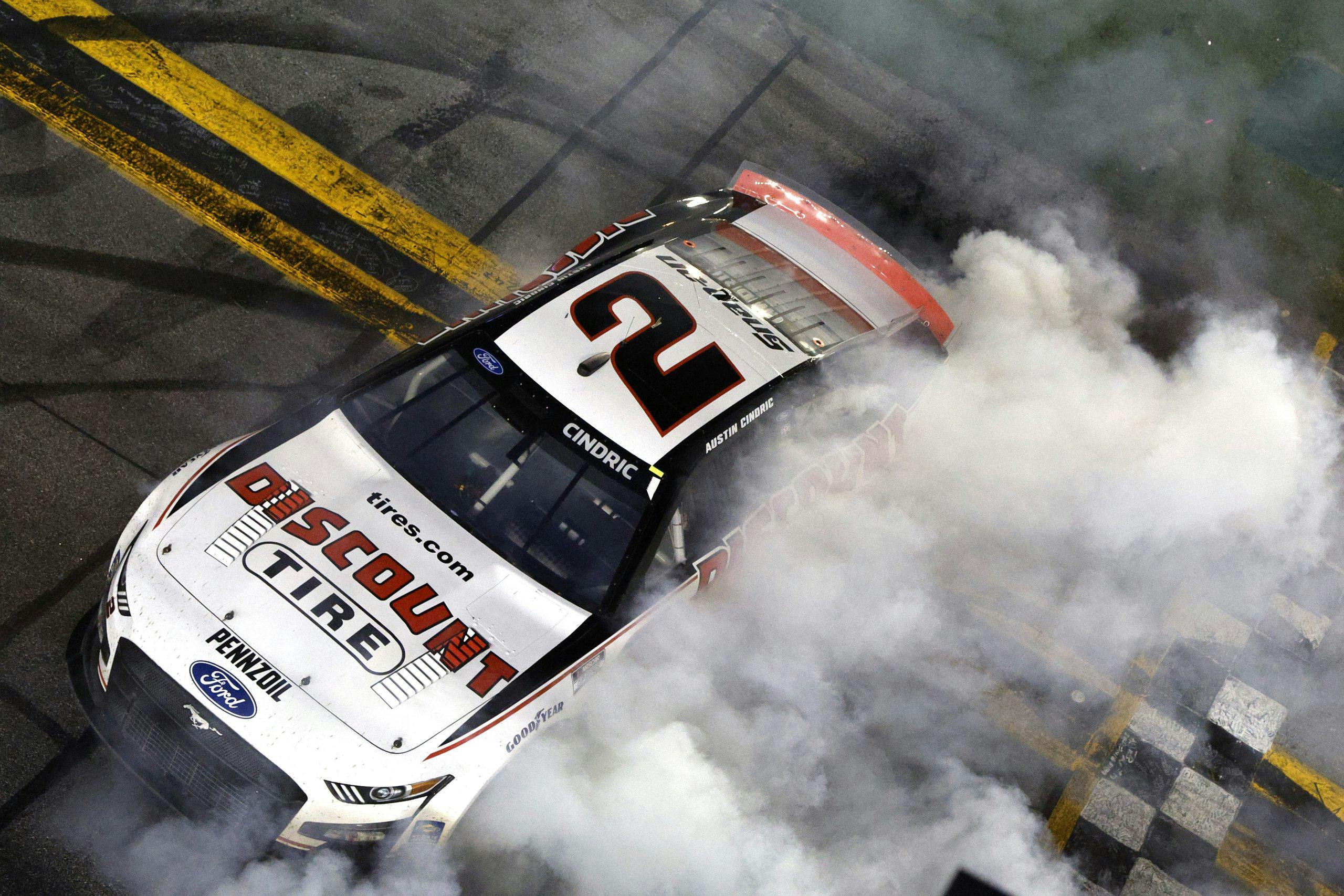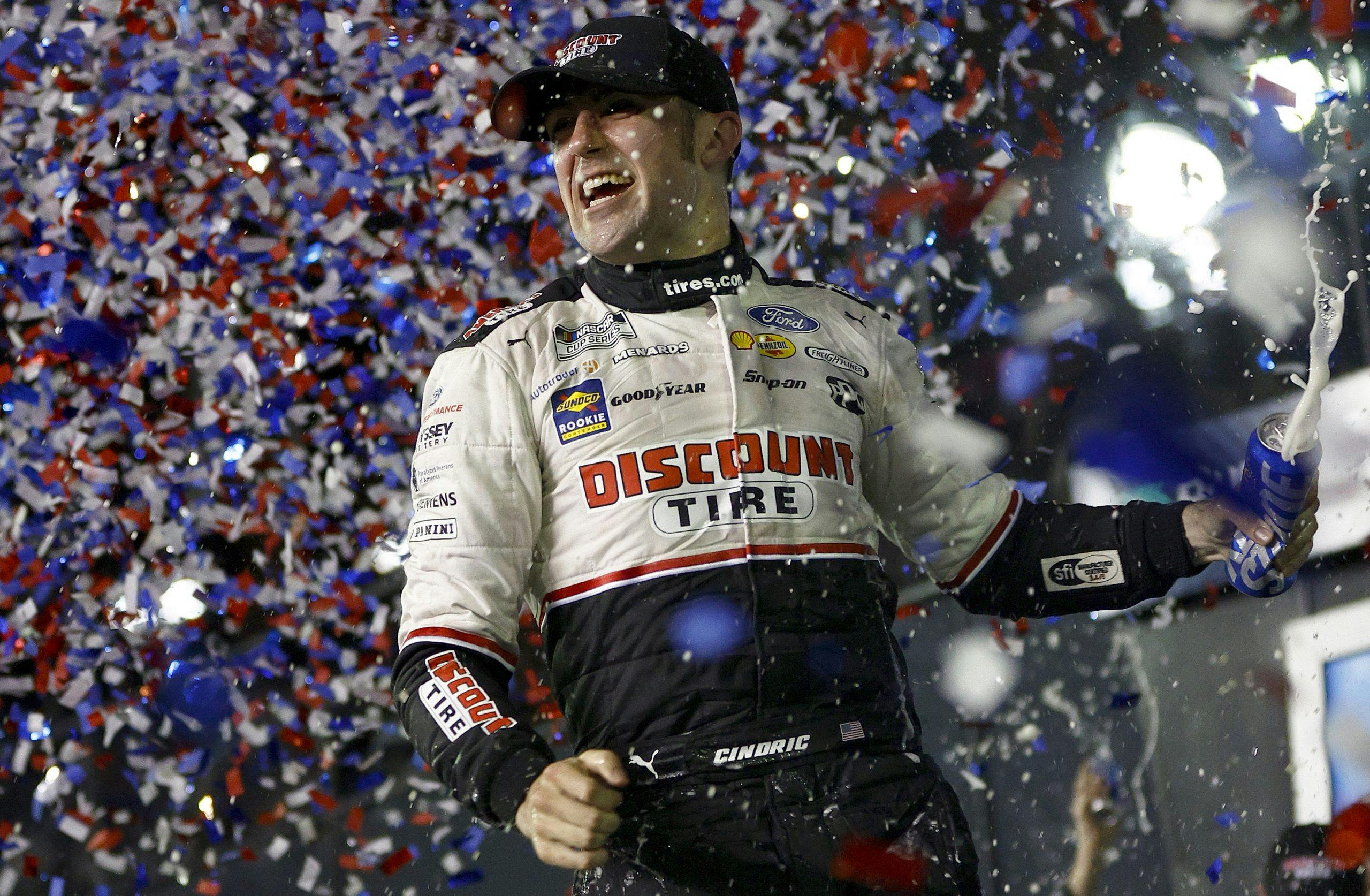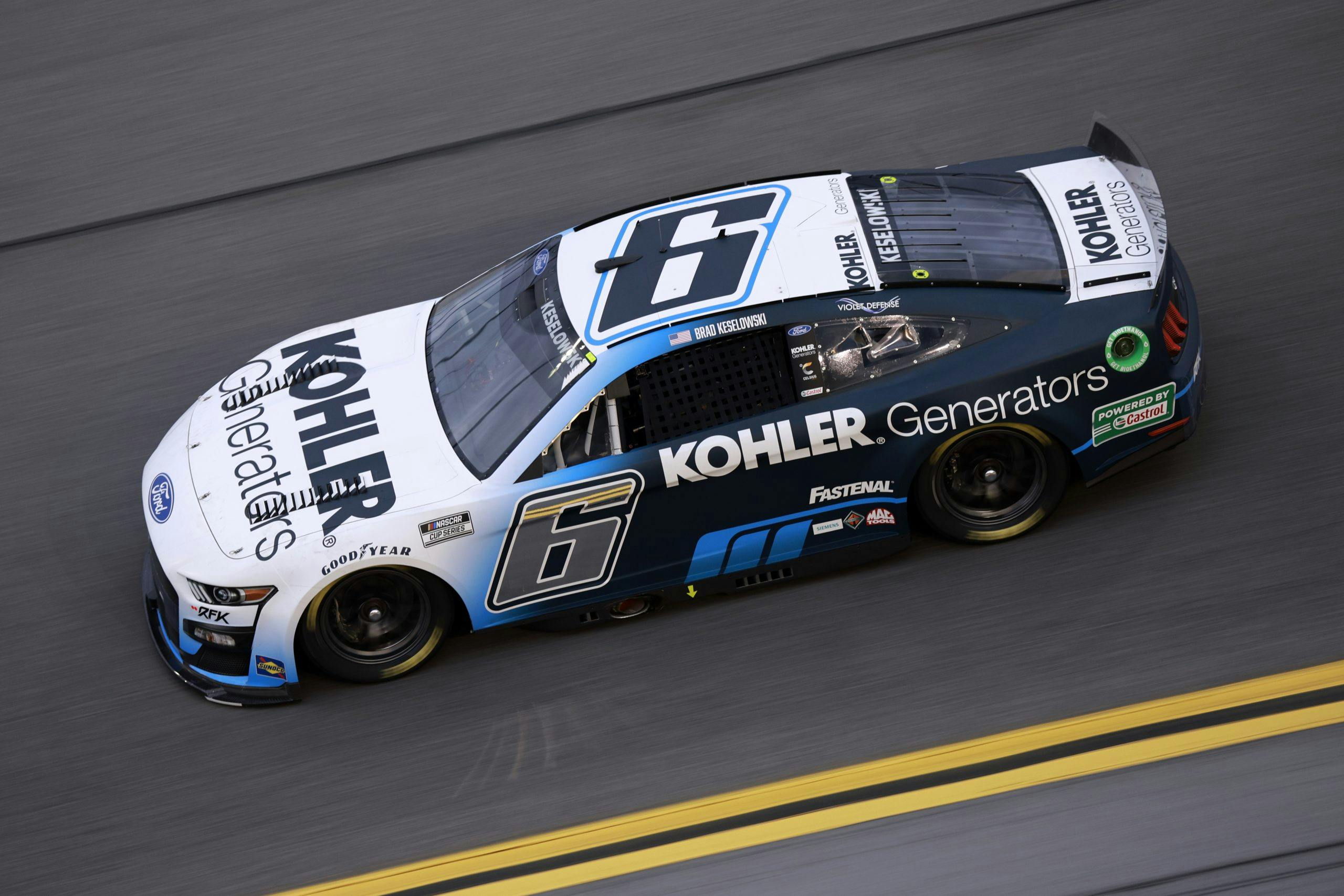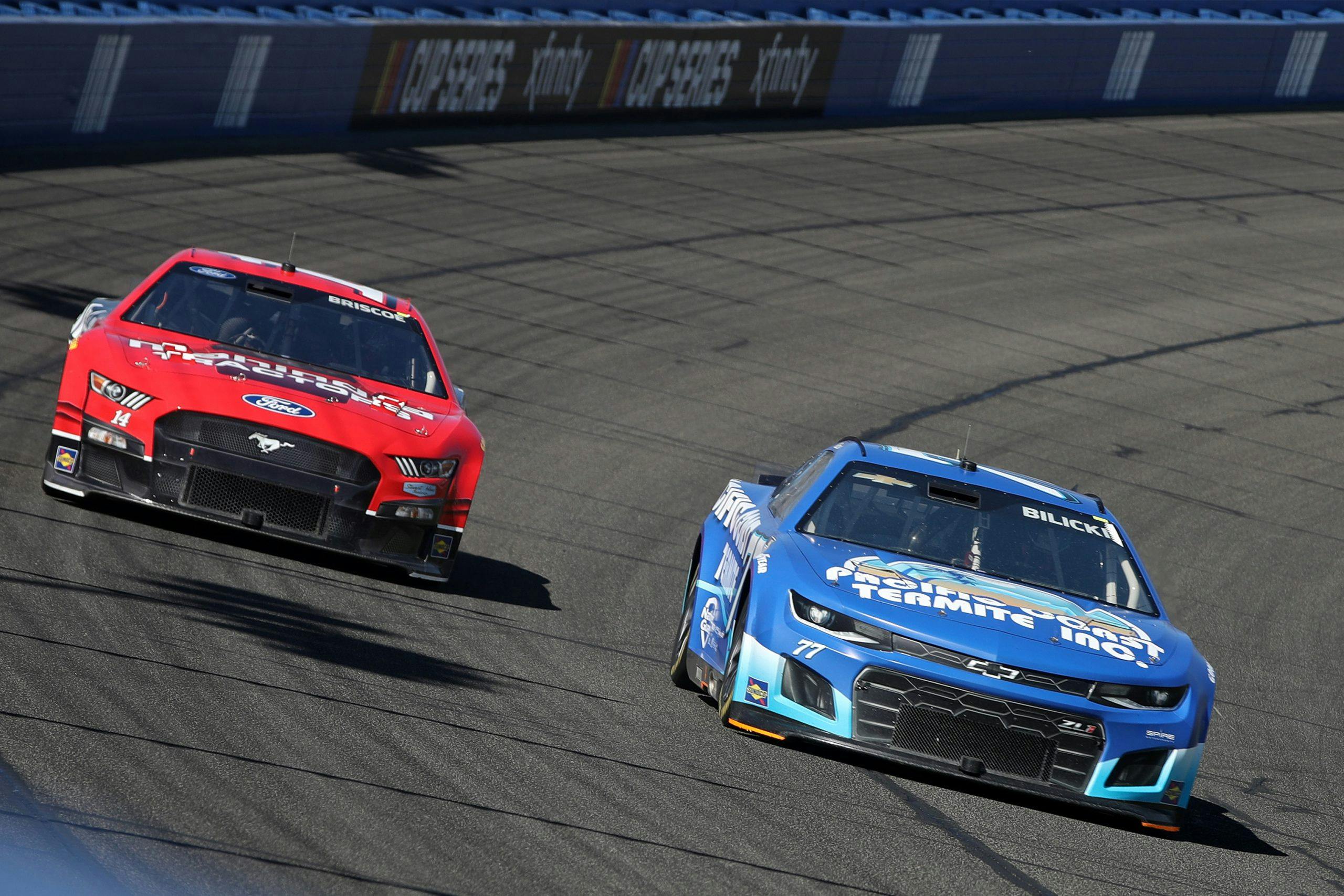Media | Articles
NASCAR’s Next Gen stocker is proving perfectly imperfect
Much of last year’s NASCAR headlines concerned the newly minted–and wildly polarizing–Next Gen stocker. A division cleaved within NASCAR nation, and depending on who you spoke to, the Next Gen was either the second coming of our stock car lord and savior, or it was a complete impostor. Independent rear suspension, a five-speed sequential transmission, single-lug wheels, a rear-view camera: NASCAR had implemented changes to components gone untouched since their dawn on the Daytona Beach sand.
Agents of change applauded the pivots. Old heads (like yours truly, at least in spirit) griped about every alteration, down to the contemporary number placement on the side of the car. Drivers were divided, too. Some hopped out of their cars at preseason testing all-smiles, while others bit their tongue and glared like Ralphie donning the pink bunny suit.

Some of the frowns were justified. The interior had a tendency to boil the driver, the rack-and-pinion steering wasn’t functioning well, and many new-fangled parts were in short supply. The Daytona 500 was fast-approaching, and much of the industry were throwing up their hands in alarm. NASCAR and part suppliers worked double-time to provide solutions in the eleventh hour. The interior ventilation problem, for example, was tempered by a mandated duct in the windshield less than a month before teams hit the Daytona high banks.
As the final preseason weeks salted away, cries turned to murmurs and teams turned to working with the hand they were dealt. Once NASCAR started racing, the divisive Next Gen headlines went radio silent. News, naturally, turned to team performance and who finished where.
We know rookie sensation Austin Cindric won the Daytona 500, and Kyle Larson picked up where he left off in 2021, but what of the Next Gen car? How is it doing on track? Well, it’s still not perfect—and that’s strangely its best attribute of all.
Marketplace
Buy and sell classics with confidence
It’s now four points-paying races into the 2022 Cup Series season, and the futuristic stocker has fostered several storylines with a rather vintage aura. Topics and factors that we haven’t witnessed since George Dubya’s term in office have sprouted and spread like wild dogwood throughout the league. So let’s take a look.
One promise of the Next Gen platform was that it would be cheaper to build, maintain, and repair than the recently retired sixth-gen car. Research and development cost was expected to dip, too, as many of the parts were black-boxed, forbidden from alteration by crew members. In response, a fresh crop of owners joined the series, hoping to compete on a more even playing field with the big names like Hendrick or Penske. NBA hall-of-famer Michael Jordan, Latin pop star Pitbull, and burgeoning motorsports magnate Matt Kaulig—big names with existing sponsors prime for stock car quarter panels—joined the fray. NASCAR hasn’t witnessed an elite tier of a new owner class like this since Dan Marino, A.J. Foyt, and other celebs who came running to NASCAR with open checkbooks in the late 1990s. So far, the new wave is hanging with the big dogs, amassing stellar runs and multiple top-10 finishes.
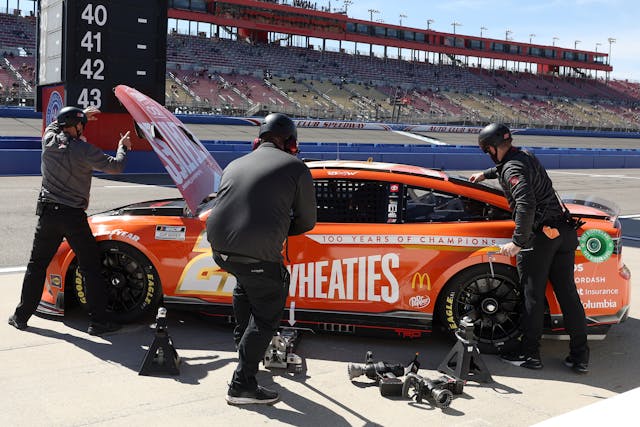
In fact, parity is up throughout the entire 40-car roster, thanks to the freshly leveled playing field. Not one driver has finished inside the top-10 in all four races. Each week has produced a different winner, two of which—Austin Cindric and Chase Briscoe—topped the podium for their first time. Could this be the year that NASCAR breaks their 2001 record of 19 different winners in one season?
In addition to the variance in winners, 2022 competition has recorded 103 lead changes so far, which is a dramatic increase from just 81 through the first four races last year.
Just because a driver dominates one week doesn’t mean that they’re a fixture at the front anymore. Most recent winner Briscoe finished 36th in Las Vegas just one week before his victory in Phoenix. The script was flipped for Las Vegas winner Alex Bowman, who was relegated to a 14th place finish in Phoenix. Topsy-turvy. Teams that could barely muster a top-15 finish in 2021 have become front-runners on certain weekends. Rather than using computers, odds to win at this point could be better decided by a blindfolded drunk and a dartboard.

In addition to leveling the playing field, NASCAR’s Next Gen car has added spice to the on-track product. In short, the cars have proven to be an absolute handful to drive. Prior to the Next Gen, you’d have to scour the history books to find that last time a driver spun while leading the race. That’s already happened multiple times this year. The rack-and-pinion setup paired with a larger tire contact patch makes for a more binary state of handling: racing or wrecking. The Next Gen cars–which have been wadded-up in practice, too–are often described as “snappy” in the corners with little-to-no warning of breaking loose prior to spinning out. “
I think that’s a good thing,” said Brad Keslowski of the new car handling in an interview with Autoweek during preseason. “I think we had fallen into a spot where the Cup cars were driving too well.”
The Cup champion Keslowski wasn’t alone in his sentiments. In fact, it was a cohort of drivers who asked for the Next Gen handle worse. NASCAR listened, adding more horsepower (from 550 ponies to 670) and decreasing the rear spoiler (from eight inches to four), which ultimately handed the steering wheel back to driver and away from the aero. The result? Cautions are up from 27 to 39, year-over-year. More wrecks make for more drama.

Adding to that drama is a storm of mechanical failures, something teams haven’t experienced for years. The sixth-gen car was practically bulletproof throughout its final years, any engine trouble was met with a collective gasp from fans and competitors alike. While this demonstrated reliability among the part suppliers, it also minimized the rapid-turn-of-fortune aspect that is unique to motorsports. Why, just last week, pre-race favorite Kyle Larson was forced to retire from the race after his Hendrick engine broke a valve spring. NASCAR teams haven’t played roulette with engine components since the Aughts.
All this to say that NASCAR’s Next Gen is still a work in progress, but we should embrace it for its … intricacies. Many have pointed to a flat tire problem as a symbol for the Next Gen’s unpolished blemishes. Due to the short sidewall, wide wheels, and flat undercarriage, a simple flat can shanghai cars on the track. To that I say, good. Do you know how many cars got stuck in the Daytona Beach sand? It’s a storyline as old as NASCAR.









